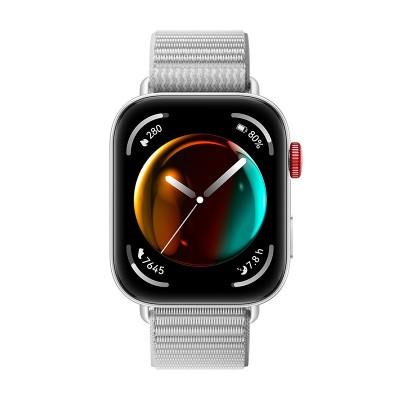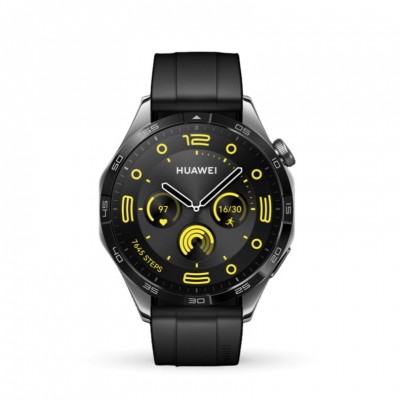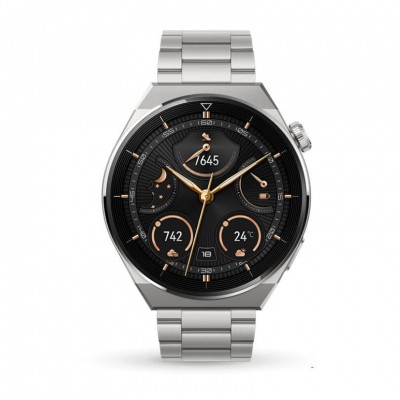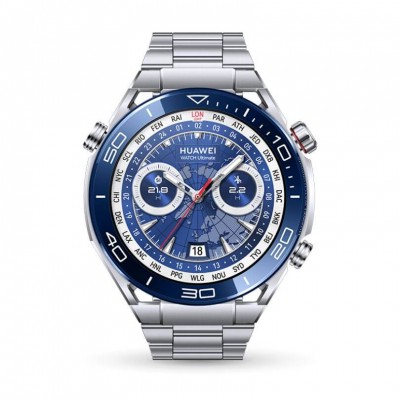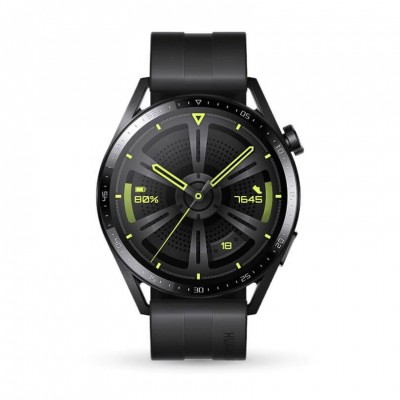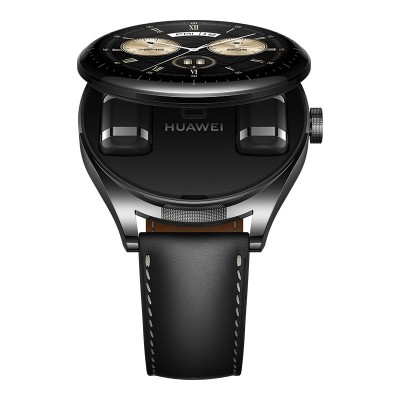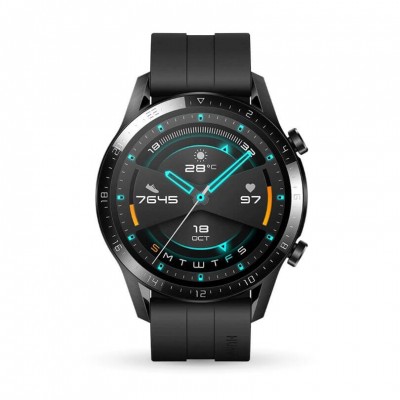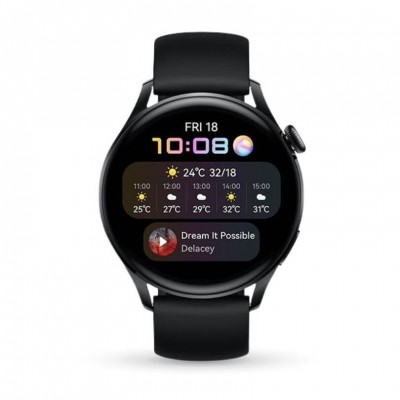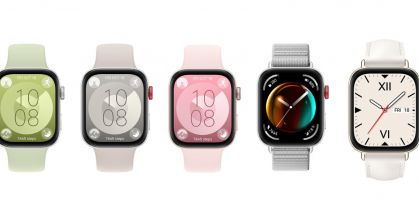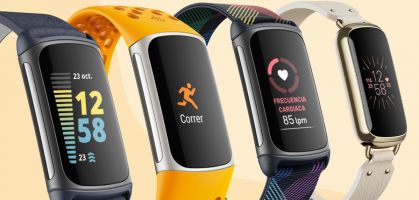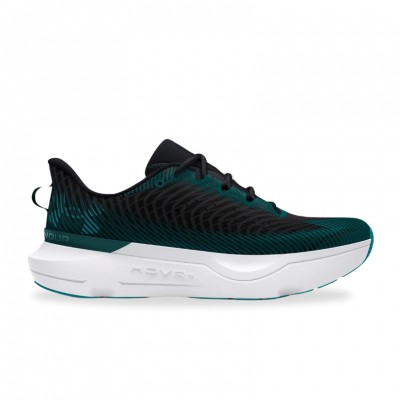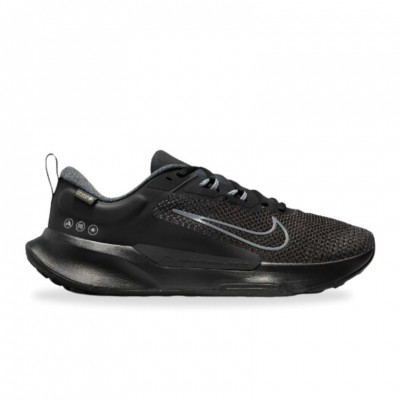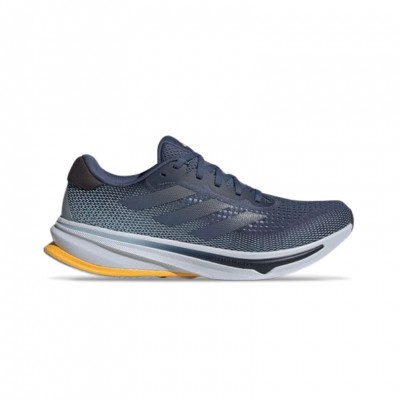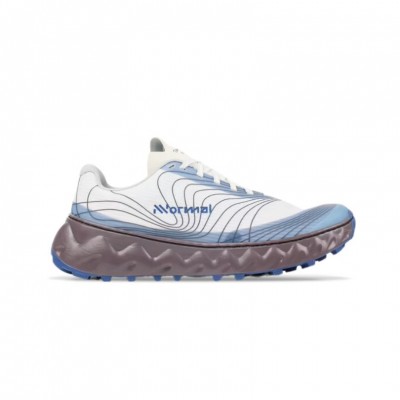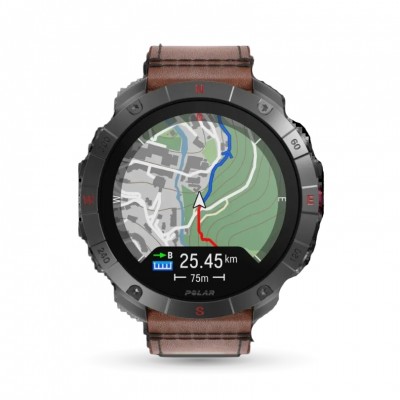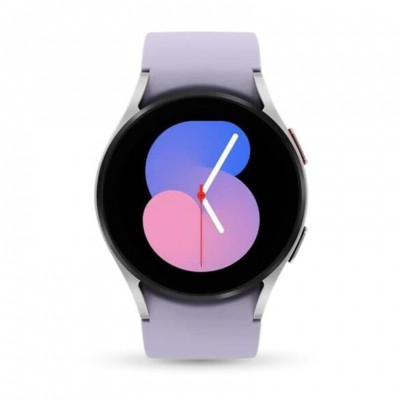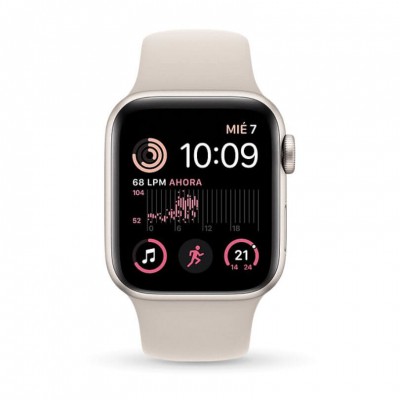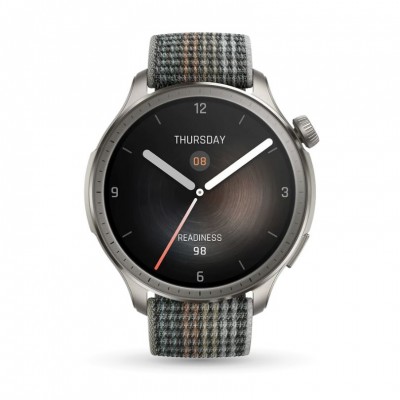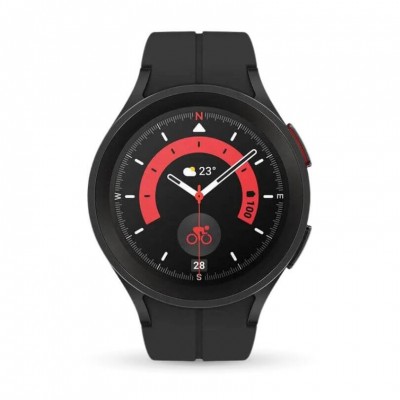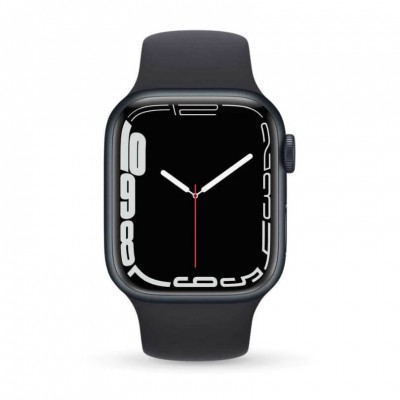Huawei, the Chinese technology giant, has taken another step in its unstoppable race to the forefront of wearables, presenting its latest innovation: the Huawei TruSense system. This breakthrough promises to transform the way we measure and manage our health and sport through wearable devices such as smart watches. RUNNEA was present in Dongguan to learn first-hand about this revolutionary technology and test the new devices that will integrate it, some of which will hit the market in the coming days and which we will also tell you about here.
Top ventas Smartwatches Huawei
Smartwatches Huawei más vendidosHuawei TruSense: A decade of breakthroughs culminating in a new technology

Huawei is no newcomer to the world of wearables. Since its foray into this market more than a decade ago, the company has distributed more than 150 million devices and developed a loyal user base with more than 520 million people using its Huawei Health app worldwide. However, the Huawei TruSense system marks a turning point in its trajectory, cementing the company as one of the undisputed leaders in the health and sports monitoring campo.
Huawei s TruSense system is based on the monitoring of more than 60 health and physical performance indicators, covering six of the most important body systems: cardiovascular, respiratory, nervous, muscular, bone and metabolic. These sensors collect data, but also process it through advanced algorithms developed by Huawei, providing a holistic view of the user's state of health.
Multi-space optical path structure and multi-region design.
One of the most outstanding features of the Huawei TruSense system is its multispace optical path structure. Let's explain it more simply: This component is critical for accurate data collection, as it allows the homogeneity of the optical path to be improved by 15%. This means that the device can capture a wider range of data more accurately, regardless of external factors such as blood vessel variability or the user's skin color.
Added to this is the innovative multi-region optical path design, which rearranges the light sources to enhance the signal. In simple terms, this design solves the problems associated with blood vessel irregularity, which previously could hinder accurate data reading. This innovation is very important for users with darker skin or a greater volume of hair on the wrist, which have traditionally been an added difficulty for optical sensors.

In addition, the TruSense system incorporates back glass obscuration technology, a technique inspired by technology used in remote sensing satellites and night vision devices. This technology enables effective isolation of the optical emission and reception paths, which improves the quality of sensor signals by more than 20%. This advance is key to the accuracy of measurements of indicators such as heart rate, blood oxygen (SpO2) and blood pressure.
Advanced algorithms: Intelligence in the service of health
The accuracy of a wearable device depends not only on the quality of its sensors, but also on the ability of its software to interpret that data effectively. Huawei has done an outstanding job in this regard, developing algorithms that not only analyze the data collected, but also learn and adapt to the user over time.

For example, the heart rate monitoring function in dynamic environments, such as during high-intensity sports or in extreme cold conditions, has seen a marked improvement. The standard error has been reduced to 5 BPM, bringing the device's accuracy to over 98% in high-demand scenarios. This level of accuracy is impressive and is also essential for athletes looking for detailed data in their training and health-conscious users.
Improved blood oxygen monitoring is also another highlight. Huawei has increased the number of blood oxygen channels from 4 to 12, which allows it to capture richer pulse signals and provide a more accurate algorithm calculation. This is especially important in situations where oxygen saturation can fluctuate, such as at high altitudes or during deep sleep. Thanks to these improvements, the stability of SpO2 monitoring has increased by 50%, providing more reliable data for users who need to monitor their health in critical situations.
Sleep tracking technology, which has been a mainstay in Huaweis wearables, has also seen a significant advancement. The improved algorithm allows for greater accuracy in identifying sleep phases, as well as detecting irregularities such as sleep apnea. This 15% improvement in sleep tracking accuracy gives users a more detailed view of their rest, which is critical for optimizing physical performance and mental health.
Huawei Watch D2: An innovation that has yet to reach Spain
Among the innovations that have generated most expectation in Europe is the Huawei Watch D2, a pioneering device for continuous blood pressure measurement. This watch, which is already available in countries such as Italy or Germany among others, has proven to be a very valuable tool for people with hypertension or who require constant monitoring of their blood pressure. However, it is puzzling that this device is still not available in Spain due to lack of approval by local health authorities, despite having certification in other European Union countries. At RUNNEA we were able to test the device and the blood pressure measurement data in my case was really good.
The future of wearables with Huawei TruSense

The first devices equipped with the Huawei TruSense system are scheduled to hit the market this September (at RUNNEA we are already testing one of them), and after our preliminary tests, we can affirm that these wearables represent a very important change with respect to their competition when it comes to measuring key variables in health and sport. The accuracy of the data, the robustness of the hardware and the intelligence of the algorithms make these devices essential tools not only for athletes, but also for anyone interested in keeping an exhaustive control over their health.
Huawei continues to do very well in the field of wearables, and with the launch of TruSense, it is firmly positioned as one of the leaders in health and sports technology.
Read more news about: Electronics


